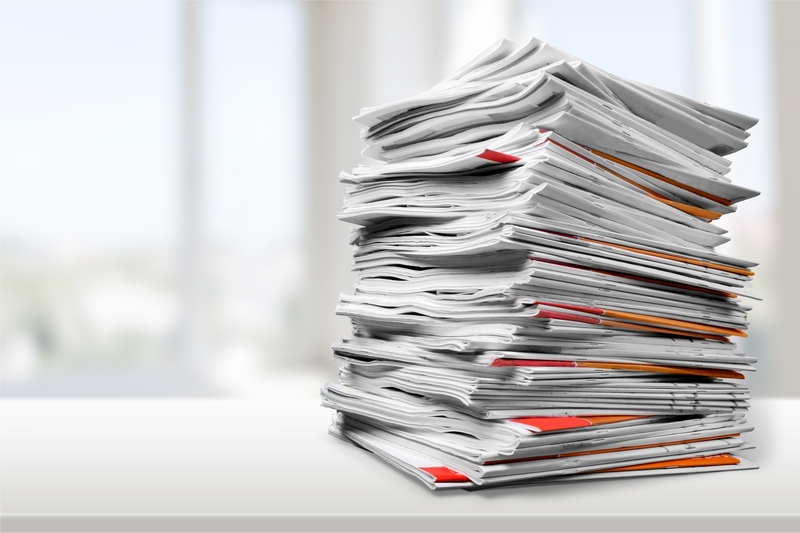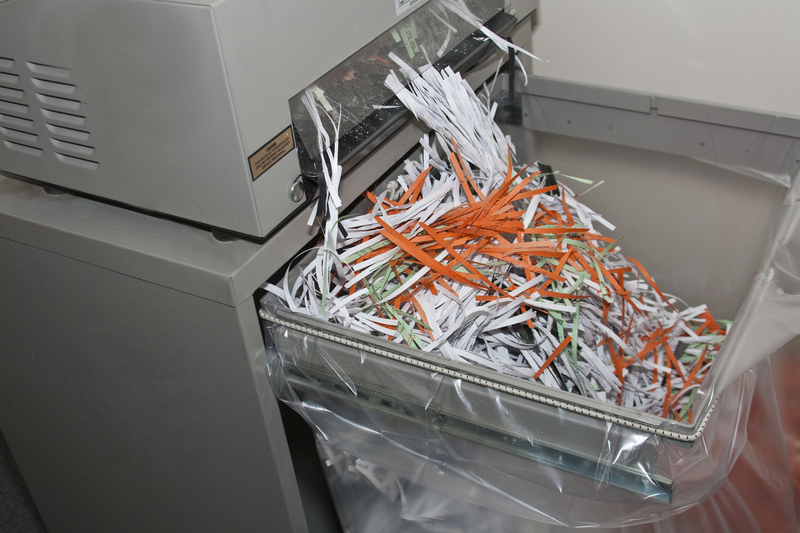Packing Plates Safely for Your Move
Posted on 04/05/2025
When preparing to move, one of the most challenging tasks is ensuring that your kitchenware, particularly plates, arrive at your new home undamaged. Plates are often fragile and their delicate nature requires careful handling and packing.
Materials Needed for Packing Plates
Before you start packing, gather all necessary materials. Here's a basic list:
- Sturdy Boxes
- Bubble Wrap
- Packing Paper
- Packing Tape
- Foam Plate Separators
- Permanent Marker

Step-by-Step Guide to Packing Plates
1. Prepare Your Boxes
Choose sturdy, small to medium-sized boxes. Too large boxes can become heavy and difficult to carry. Reinforce the bottom of each box with extra packing tape to ensure it doesn't collapse under the weight.
2. Create Cushioning
Line the bottom of each box with a layer of crumpled packing paper or bubble wrap. This acts as a cushioning layer for your plates.
3. Wrap Each Plate Individually
Wrap each plate with packing paper or bubble wrap. Place a sheet of packing paper on a flat surface, set the plate in the center, and fold the corners of the paper over the plate. Secure it with tape if necessary.
4. Use Foam Plate Separators
Alternate each wrapped plate with a foam plate separator. This prevents the plates from directly contacting one another, mitigating the risk of breaking during transit.
5. Pack the Plates Vertically
Place wrapped plates in the box vertically, as you would with records or books. Plates stacked flat are more likely to break under weight. Continue filling the box, adding more cushioning paper around the edges and on top to keep the plates secure.
6. Seal and Label the Box
Once the box is full, add additional cushioning paper on top before sealing it shut with packing tape. Label the box clearly with "Fragile - Plates" and indicate the room it belongs to in your new home.
Additional Tips for Packing Plates
- Avoid Overpacking: Don't overfill the box, as this increases the risk of plates breaking.
- Double Boxing: For extra protection, consider using a double boxing method. Place the already packed box into a larger box with additional padding in between.
- Use Dish Packs: Dish packs are specialty boxes designed with cell dividers which offer superior protection for plates.
- Lift with Care: Always lift boxes from the bottom and use your legs to avoid injury. Heavy boxes that aren't properly lifted can result in dropped and broken contents.
Takeaways
Packing plates requires thorough preparation and the right materials. Ensuring that each plate has ample padding and is placed strategically can make a world of difference in preventing damage.

Pros and Cons of Packing Your Plates
Pros
- Cost-Effective: Doing it yourself can save money compared to hiring professionals.
- Control: Directly overseeing the packing ensures your valuables are handled with care.
Cons
- Time-Consuming: Properly packing plates takes up significant time and effort.
- Risk: Without professional knowledge, there's a higher risk of plates being damaged.
Conclusion
Packing plates safely is an imperative aspect of moving that requires careful attention and the right supplies. By using proper techniques and quality packing materials, you can ensure that your plates arrive at your new home in the same condition as when they left. Whether you decide to pack them yourself or hire professionals, understanding these steps will contribute to a smoother, more secure move.




